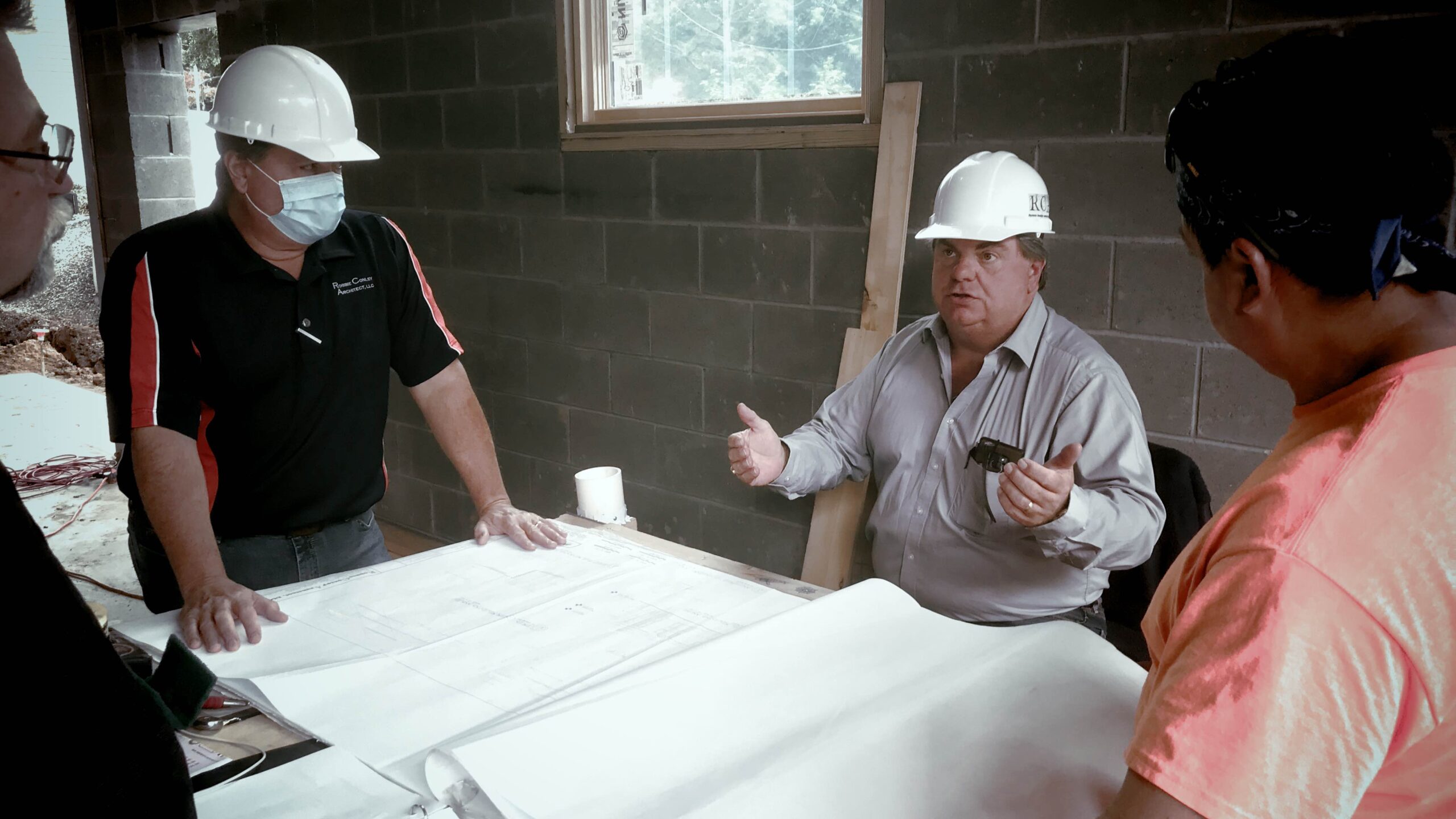
TOWNSHIP OF WASHINGTON—After a brief discussion Oct. 4, councilmen Steven Cascio and Michael DeSena said that the township should present its future development projects to the appropriate local land use board for review on a voluntary basis and notify residents within 200 feet by certified mail.
Cascio also said he had found several South Jersey towns that had included more resident input into municipal development decisions and he would report back to council soon.
Cascio, who raised the issue in September, initially said he would look at making the municipal project approval process similar to the rigorous review and approvals required of homeowners and developers.
The requested discussion was delayed until Oct. 4, said Council President Stacey Feeney at the Sept. 20 meeting, following her request to town attorney Kenneth Poller to develop a proposal for council to discuss.
On Oct. 4, Poller suggested that a town made to follow local planning and zoning requirements would be at a disadvantage, especially on controversial developments including court-mandated affordable housing or a needed cellular tower.
“It’s going to hamstring a town to have requirements exactly like a developer,” Poller said.
He said he would hold off developing a proposal for council to review until Cascio finished his research on municipal development reviews in other towns.
DeSena, who is challenging Mayor Peter Calamari in the Nov. 2 election, backed Cascio’s call for an exploration of alternatives as “more procedural than regulatory,” and said he agreed “wholeheartedly” with Poller’s legal view and that the town should present its plans before the appropriate local land use board while notifying residents within 200 feet by certified mail.
“This way the firehouse [issues] cannot happen again,” DeSena said.
He suggested that after the appropriate land use board hears a proposed municipal project the council would take its feedback under advisement. The council is not bound by any land use board’s recommendations, he added.
Neighbors of the township’s Emergency Services Building, which will house the volunteer fire and ambulance departments from December or January on — well into this century — have criticized the building’s scale, ornamental cupola, workmanship, possible light pollution, lack of construction oversight, and stormwater runoff concerns — and the process used to approve it.
Residents living within 200 feet of the firehouse/ambulance quarters rising high and wide on Washington Avenue have complained they were not notified by certified mail.
Local officials said that notification letters were sent out by U.S. mail to a list of property owners within 200 feet. However, some residents claimed they did not receive notification — and were startled by the size and scope of the new firehouse being planned.
DeSena, a senior civil engineer and immediate past council president, said while he approved a budget and bonding amount for the firehouse in 2019 he did not have a say in the design approved for the new building.
Business administrator Robert Tovo revealed a tentative completion date of mid-December for the building, pending weather and unforeseen delays. Last week, project architect Robert Conley told Pascack Press that he anticipated a move-in date in mid-January 2022.
Debate centered on size, cost
The project, a significant capital investment, was discussed at several public meetings in 2019, and was covered in Pascack Press before, during, and after its approval.
In August 2019 Independent Councilman Michael Ullman voted no for the project’s funding ordinance, saying — as he had at meetings for the past year — that the project, important as it is, struck him as too big and too expensive.
Ullman, who told Pascack Press at the time that he was “getting crushed” by public opinion following his vote, questioned why there was “almost no” common space for the two volunteer services on the drawing board. He called it “two buildings under one roof.”
Ullman told Pascack Press following his vote that he had “suggested the idea that there are opportunities to shrink the building and bring in costs.”
He said, “If they shrunk the building, made it a smaller footprint, leveraged more common space, made it one story… there’s issues.”
From the dais, Ullman called on Conley — a former Woodbury Heights fire chief and mayor, and the man who designed Montvale’s new firehouse — to shape the town project with these concerns more in mind.
Conley defended the relative lack of overlap as operationally important and said he had trimmed costs.
Members of the volunteer fire and ambulance departments attended the funding vote and were pleased by its passage. Ullman was not re-elected. His seat, and that of fellow Independent Robert Bruno, went to Republicans Stacey DeMarco-Feeney and Desserie Morgan.
Calamari helped break ground at the site in 2020.
— With John Snyder
